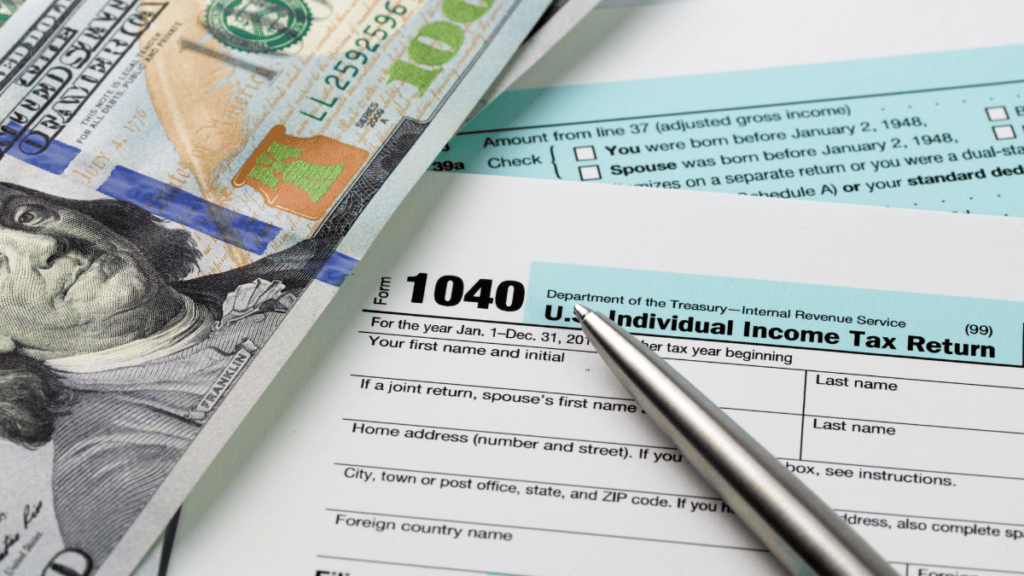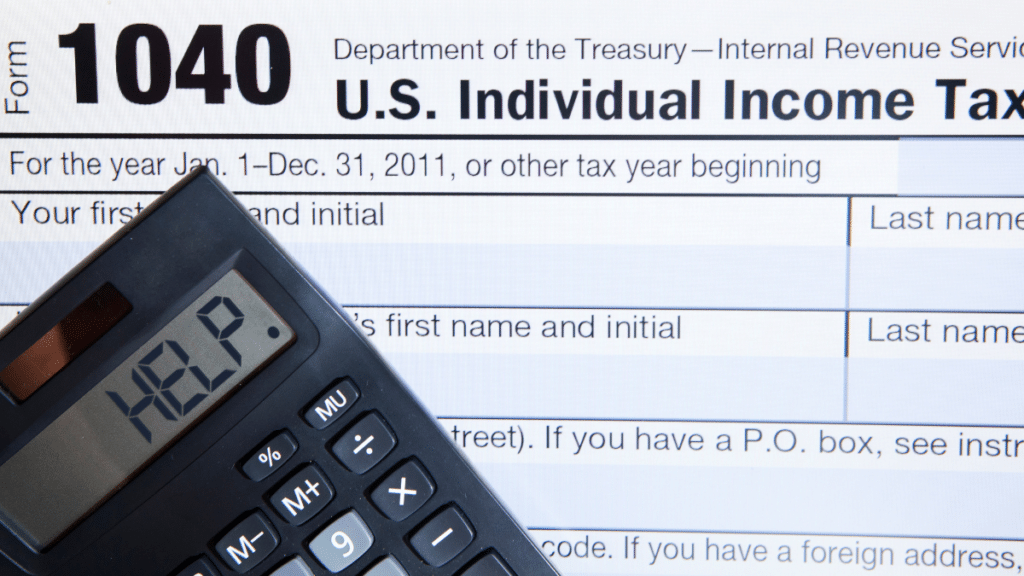A side hustle can bring in extra cash, but it also adds tax headaches. Many people don’t realize that freelance work or online sales can push their yearly bill higher. These nine examples show how taxes change once you add a second income stream.
Self-Employment Taxes

Unlike W-2 employees, side hustlers must pay both the employer and employee portions of Social Security and Medicare. This adds up to 15.3 percent in self-employment tax. For many, the jump feels steep compared with traditional jobs. IRS outlines how these taxes apply to freelancers and gig workers.
💸 Take Back Control of Your Finances in 2025 💸
Get Instant Access to our free mini course
5 DAYS TO A BETTER BUDGET
Estimated Quarterly Payments

The IRS requires side hustlers to pay taxes throughout the year, not just in April. Missing quarterly deadlines can lead to penalties. Many new freelancers are caught off guard when they owe more than expected.
Higher Income Brackets

Extra earnings can push workers into a higher tax bracket. Even a modest side hustle can affect the rate applied to additional income. While not all income is taxed at the higher rate, the perception of a bigger bill often surprises people.
Loss of Withholding Cushion

Traditional jobs withhold taxes automatically, but side hustles do not. Workers who rely on W-2 withholding to cover side income often come up short. Adjusting paycheck withholding or paying separately becomes necessary.
Limited Deductions

Side hustlers can deduct some expenses, but the rules are strict. Not every purchase qualifies as a business write-off, and mistakes can trigger audits. Many workers end up paying more because they overestimated what they could deduct.
State and Local Taxes

Gig work can create additional state or city tax obligations. Rules differ depending on where the work is performed and where the worker lives. Some side hustlers owe in multiple jurisdictions, increasing complexity and cost.
Reporting Online Sales

Selling goods on platforms like eBay, Etsy, or Depop now comes with more reporting rules. Payment apps issue 1099-K forms once sales cross set thresholds. Many casual sellers are caught off guard when tax forms show up unexpectedly.
Losing Tax Credits

Higher reported income from side hustles can reduce eligibility for credits like the Earned Income Tax Credit or Child Tax Credit. Families counting on those credits may see smaller refunds. This trade-off leaves many questioning whether the side hustle is worth it.
More Risk of IRS Scrutiny

Side hustles increase the amount of paperwork and the chance of mistakes. Misreporting income or expenses, even unintentionally, can draw IRS attention. Audits are rare but more likely when side income is significant.
Expect Trade-Offs

Side hustles bring in extra money, but taxes often complicate things. Self-employment taxes and reduced credits can raise annual bills more than people expect. The best move is to track expenses, plan ahead, and set aside cash for tax season.
10 Lucrative Side Hustles That Will Pay You for Your Passions

Have you ever thought about turning your hobbies into a moneymaker? With the recent popularity of side hustles, countless people are cashing in on their passions and talents without giving up their full-time jobs. There’s a whole world of opportunities out there waiting for you to discover them. Exploring side hustles can be the key to making extra income while doing what you love can be both rewarding and financially fulfilling. 10 Lucrative Side Hustles That Will Pay You for Your Passions



